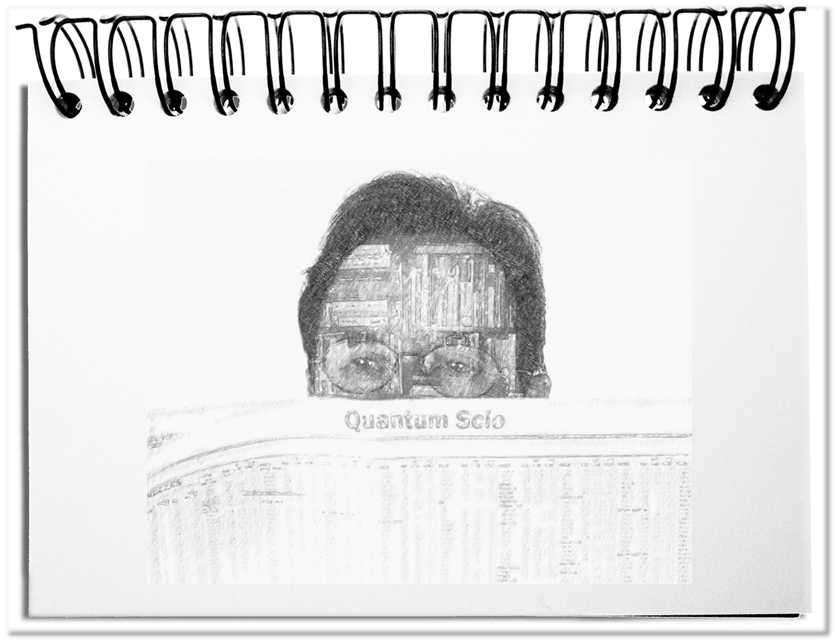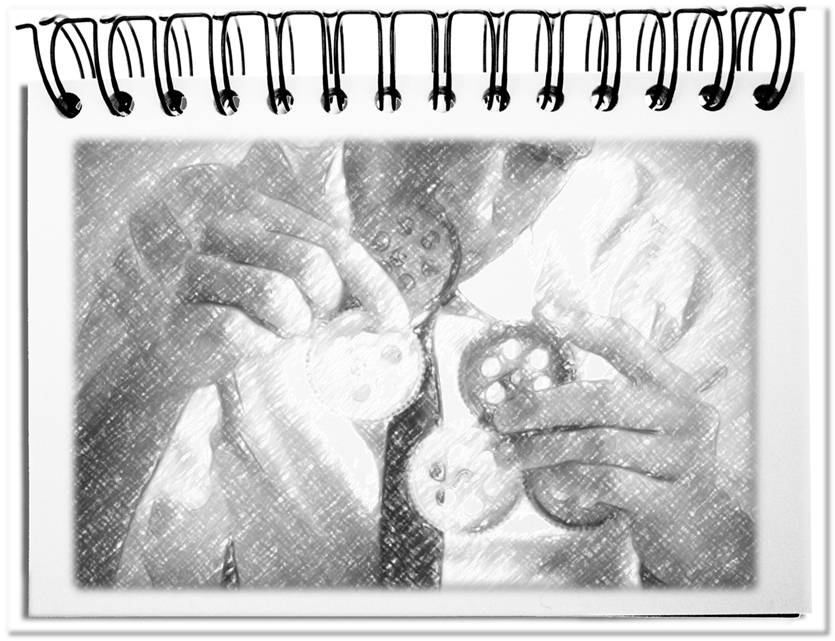The right decision needs the right understanding of the situation at the right time. Executives secured their claim to power for a long time based on the maxim „Knowledge is power “. Since in the past twenty years the Business processes, the IT and the organization were effectively streamlined, further progress can only be carried out by each individual. For this purpose, the employees receive in their role defined tasks, with the necessary authority and, in addition, the responsibility for the results. The prerequisite for this form of distributed leadership is openness through sharing the existing knowledge.
In order to facilitate the decision making for the employees and in the interest of the joint goals, the access to the following information has to be guaranteed.
- The context of the enterprise needs the overview of the corporate sites (incl. contact partners and local information of all kinds), the description of the market (incl. understandable market indicators and news) as well as the important internal and external stakeholders (e.g. suppliers, partners, and customers).
- The products and services, competencies and processes that define essentially the business build together the strategic core. Thus, the employees can align their doing more easily to the value-adding functions.
- The strategic and operational goals as well as key figures (incl. historical revenue and sales data, successes and difficulties, HR evaluation criterions) are the pre-requisites for a coordinated, successful goal achievement.
- The description of the values, the rules and the escalation procedures shape the corporate culture.
- The barrier-free access to all other databases (e.g. projects, products, procedures) avoids disturbing delays and reduces wasteful friction losses.
Bottom line: Enterprises cannot afford any longer to concede individuals any kind of knowledge lead. All have to be in the position to decide at any time that it is favorable for the enterprise as a whole. One of the most important pre-requisites is the equal access to ALL information. The only exception is information that is classified as secret.


